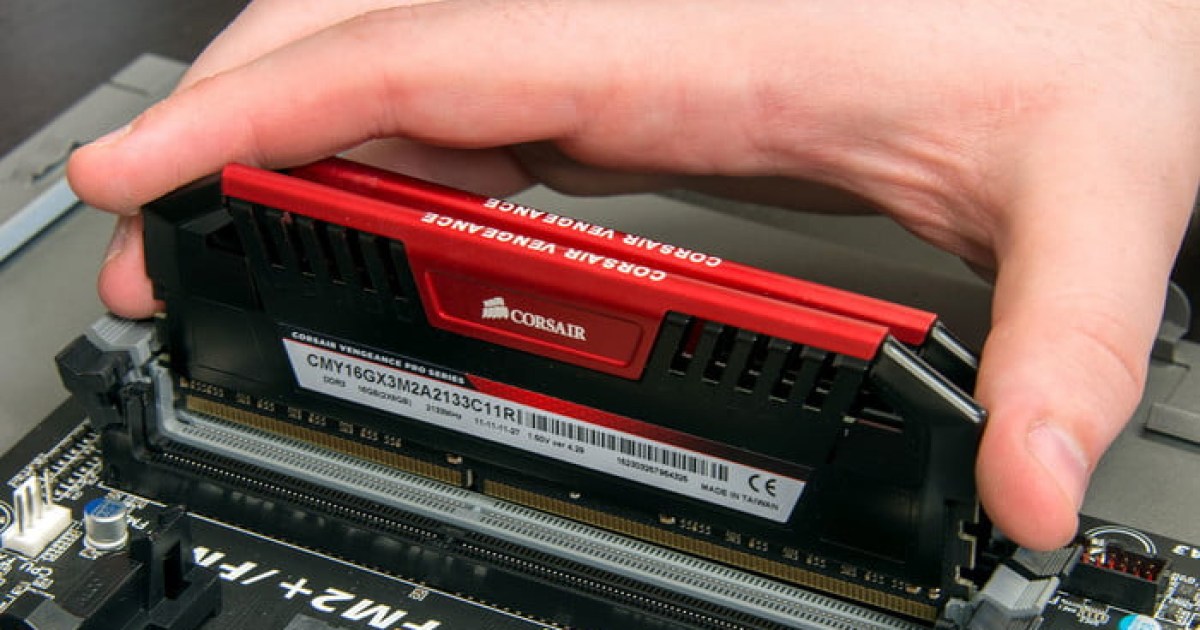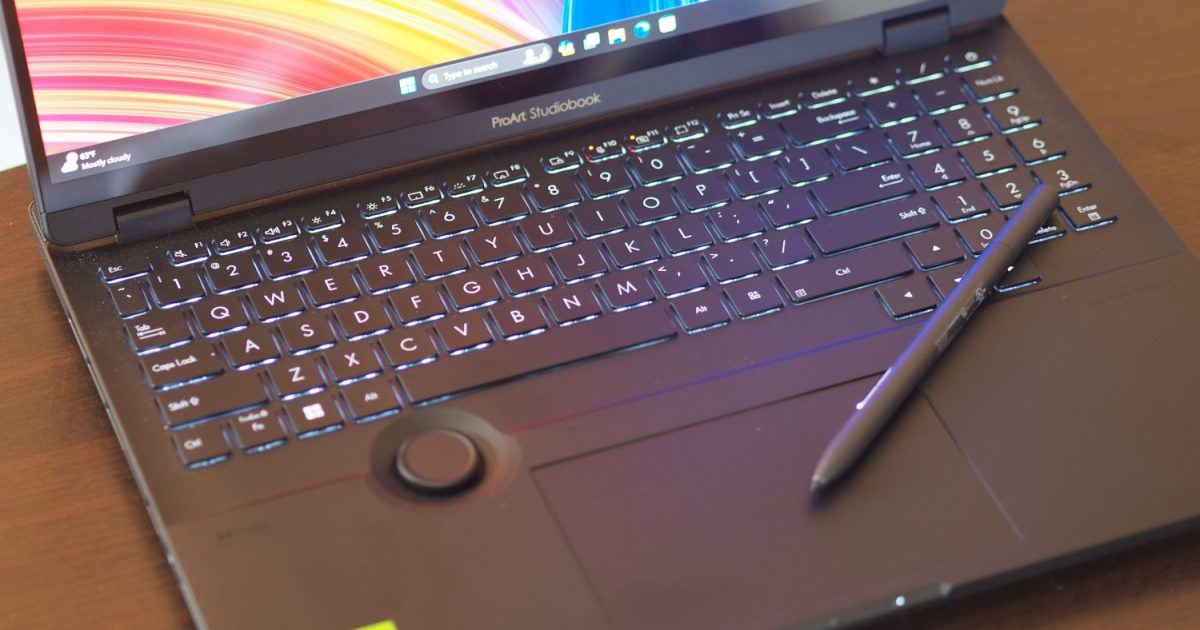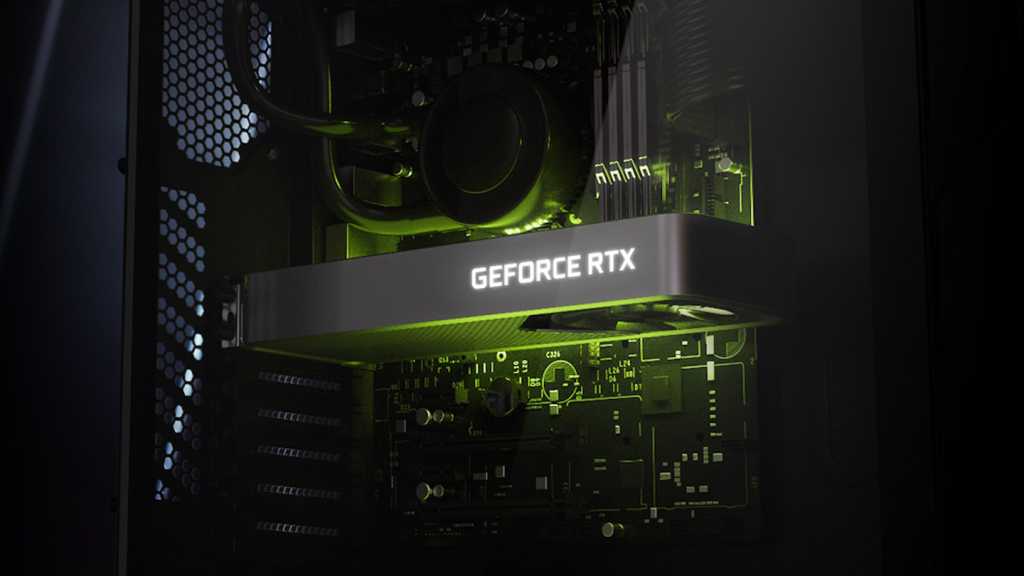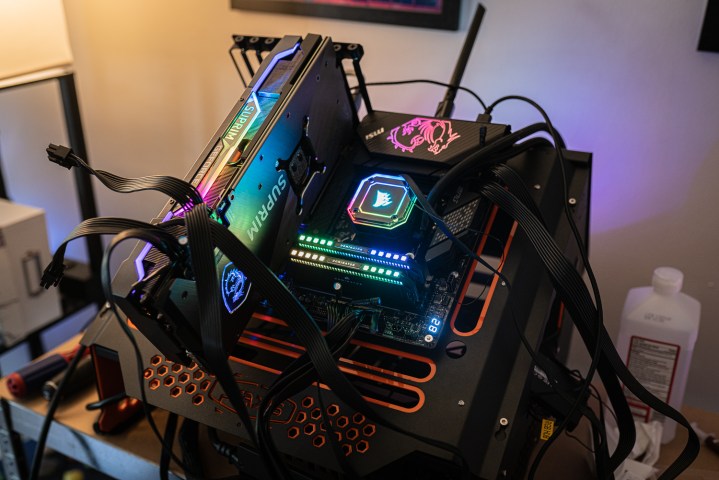 RAM is a fundamental component in any PC, and having enough is crucial for a smooth user experience. But beyond capacity, factors like frequency and latency also play a significant role. With both DDR4 and DDR5 now available, offering vastly different speeds, understanding the impact of RAM speed is more important than ever. DDR5 boasts a 50% higher starting speed than DDR4’s maximum, reaching upwards of 7000MHz. While latency has increased with DDR5, it still generally outperforms its predecessor. So, does RAM speed truly matter? The answer is: it depends. Let’s delve into the details.
RAM is a fundamental component in any PC, and having enough is crucial for a smooth user experience. But beyond capacity, factors like frequency and latency also play a significant role. With both DDR4 and DDR5 now available, offering vastly different speeds, understanding the impact of RAM speed is more important than ever. DDR5 boasts a 50% higher starting speed than DDR4’s maximum, reaching upwards of 7000MHz. While latency has increased with DDR5, it still generally outperforms its predecessor. So, does RAM speed truly matter? The answer is: it depends. Let’s delve into the details.
Decoding RAM Speed
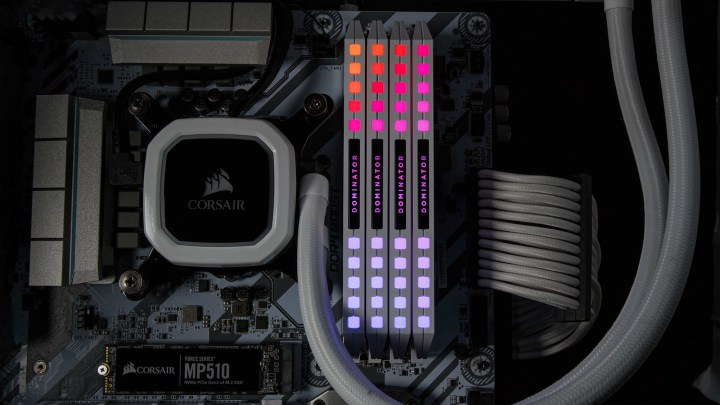 Three key factors influence RAM speed: frequency, latency, and the number of channels. Frequency, or clock speed, directly correlates with performance. Higher frequency equates to greater memory bandwidth, allowing more data transfer. Overclocking RAM functions similarly to overclocking a CPU or GPU. However, the performance gains from frequency increases can be subtle, depending on the magnitude of the increase and other system bottlenecks.
Three key factors influence RAM speed: frequency, latency, and the number of channels. Frequency, or clock speed, directly correlates with performance. Higher frequency equates to greater memory bandwidth, allowing more data transfer. Overclocking RAM functions similarly to overclocking a CPU or GPU. However, the performance gains from frequency increases can be subtle, depending on the magnitude of the increase and other system bottlenecks.
Latency, conversely, focuses on the speed of communication between the CPU and RAM. Lower latency reduces the time required for this exchange, but manually adjusting it is complex. Enabling XMP (Extreme Memory Profiles) in the BIOS is recommended, as it automatically configures RAM to its rated optimal frequency and latency. It’s crucial to note that improving frequency often compromises latency, and vice-versa.
Memory channels are determined by the CPU and the number of RAM sticks. Mainstream systems typically support two channels. Two or four sticks operate in dual-channel mode, while a single stick defaults to single-channel, significantly reducing memory bandwidth.
How Faster RAM Benefits Your PC
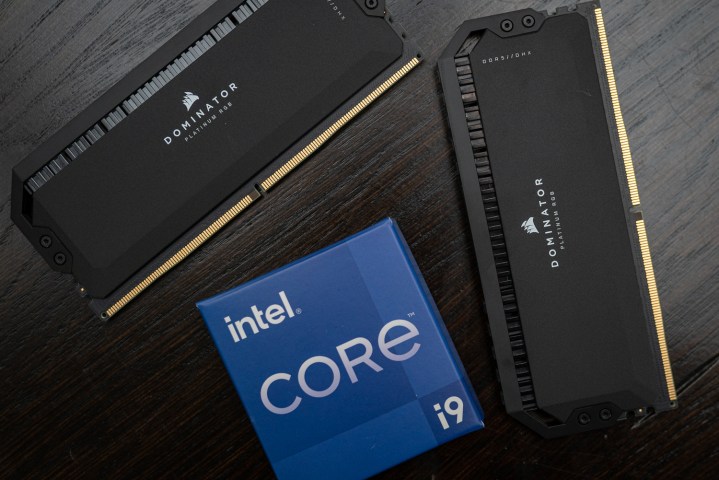 The CPU relies heavily on readily available data. While CPUs possess dedicated high-speed cache memory, its limited capacity necessitates frequent requests to RAM. This makes RAM a potential bottleneck. Theoretically, faster RAM translates to improved performance. However, software varies in its RAM dependency, much like how different applications utilize CPU cores and graphics processing power. The impact of faster RAM depends heavily on your PC usage.
The CPU relies heavily on readily available data. While CPUs possess dedicated high-speed cache memory, its limited capacity necessitates frequent requests to RAM. This makes RAM a potential bottleneck. Theoretically, faster RAM translates to improved performance. However, software varies in its RAM dependency, much like how different applications utilize CPU cores and graphics processing power. The impact of faster RAM depends heavily on your PC usage.
Analyzing Performance Benchmarks
The performance gains from switching between single and dual-channel memory, increasing frequency, or lowering latency vary. Focusing on mainstream applications and games provides a clearer picture. Single-channel RAM, common in some laptops, significantly impacts performance. Tests by Ultrabook Review on an Asus Zephyrus G14 demonstrated a nearly 20% performance drop in Shadow of the Tomb Raider when switching from dual- to single-channel, even with an older GPU. This gap would likely widen with more powerful hardware.
Hardware Times reached similar conclusions using a Ryzen 9 3900X and DDR4 RAM. Comparing single- and dual-channel 2400MHz RAM in Assassin’s Creed Origins showed substantial differences, with dual-channel offering significantly higher average and low frame rates. Dual-channel 2400MHz even outperformed single-channel 3600MHz.
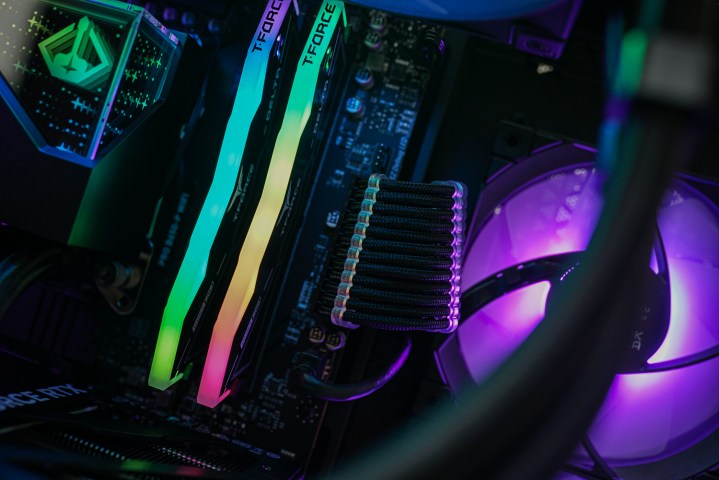 Techspot’s benchmarks on Intel Alder Lake CPUs, examining frequency and latency with both DDR4 and DDR5, revealed that these factors often have minimal impact unless the frequency difference is substantial. While Adobe Photoshop 2022 showed noticeable, though modest, improvements with faster RAM, most games saw negligible gains. However, Cyberpunk 2077 and Hitman 3 benefited from 6200MHz DDR5, with 29% and 15% frame rate increases, respectively.
Techspot’s benchmarks on Intel Alder Lake CPUs, examining frequency and latency with both DDR4 and DDR5, revealed that these factors often have minimal impact unless the frequency difference is substantial. While Adobe Photoshop 2022 showed noticeable, though modest, improvements with faster RAM, most games saw negligible gains. However, Cyberpunk 2077 and Hitman 3 benefited from 6200MHz DDR5, with 29% and 15% frame rate increases, respectively.
Hardware Times also found noticeable differences within the same RAM generation, though dual-channel consistently delivered playable performance. DDR4-3600 offered notably higher low frame rates and slightly higher averages than DDR4-2400.
Conclusion: Balancing Speed and Cost
While faster RAM doesn’t always guarantee better performance, opting for a reasonably fast kit is advisable. With minimal price differences between DDR5-4800 and DDR5-6000, the higher speed is worthwhile. Even higher frequencies like DDR5-7200 are reasonably priced. Dual-channel mode remains the most critical factor for memory performance, offering significant gains with minimal effort. While frequency and latency can matter, their impact is often less pronounced. Considering the decreasing RAM prices, especially with DDR5 becoming a standard, choosing a faster kit for future-proofing makes sense unless budget is a primary constraint.



